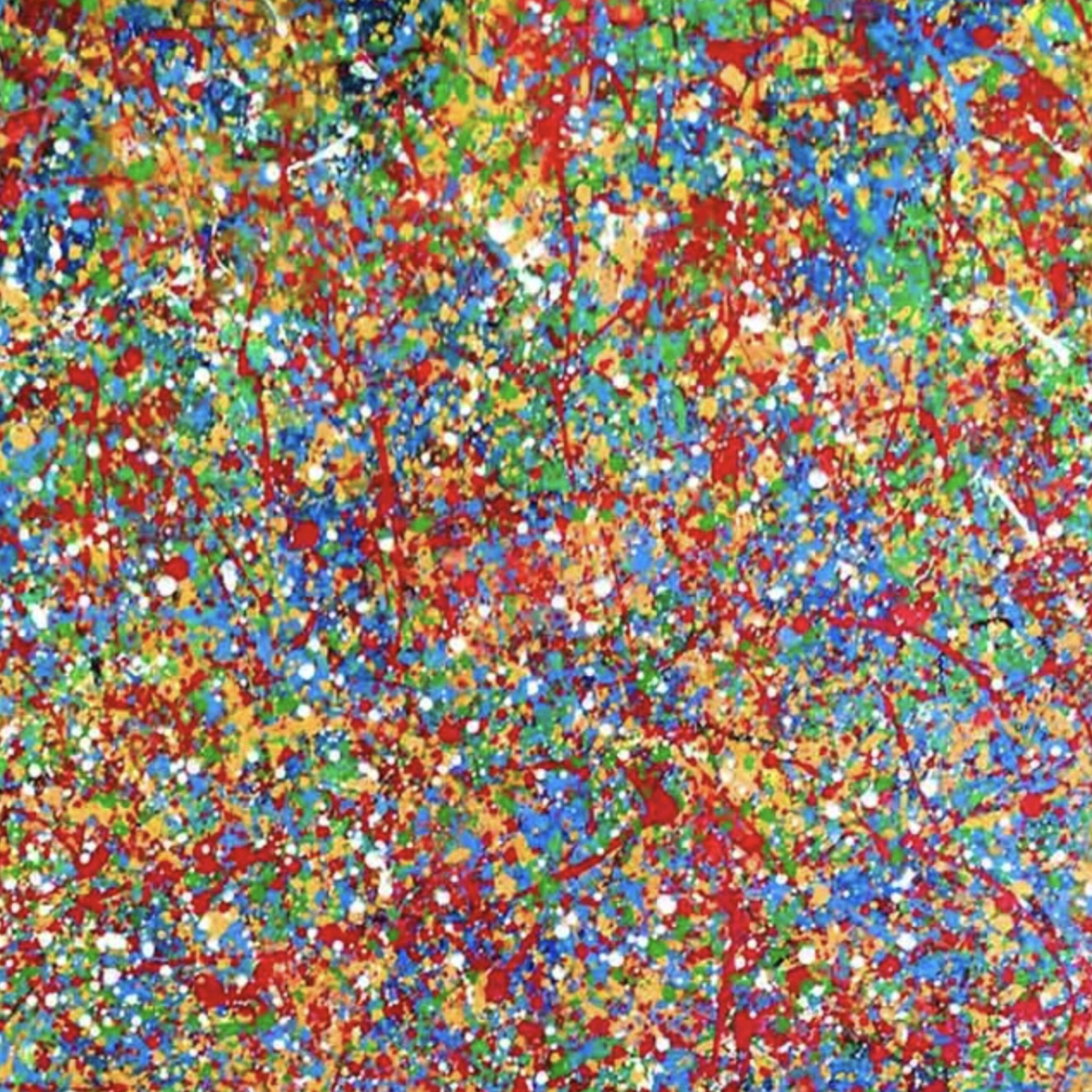















Coexistence in diverse ecosystems
Statistical physics
Scale-invariant plant clusters explain the ability for a diverse range of plant species to coexist in ecosystems such as Barra Colorado.
Emergent spatial patterns of coexistence in species-rich plant communities
Statistical physics has proved essential to analyze multiagent environments. Motivated by the empirical observation of various nonequilibrium features in Barro Colorado and other ecological systems, we analyze a plant-species abundance model of neutral competition, presenting analytical evidence of scale-invariant plant clusters and nontrivial emergent modular correlations. Such first theoretical confirmation of a scale-invariant region, based on percolation processes, reproduces the key features in natural rainforest ecosystems and can confer the most stable equilibrium for ecosystems with vast biodiversity.